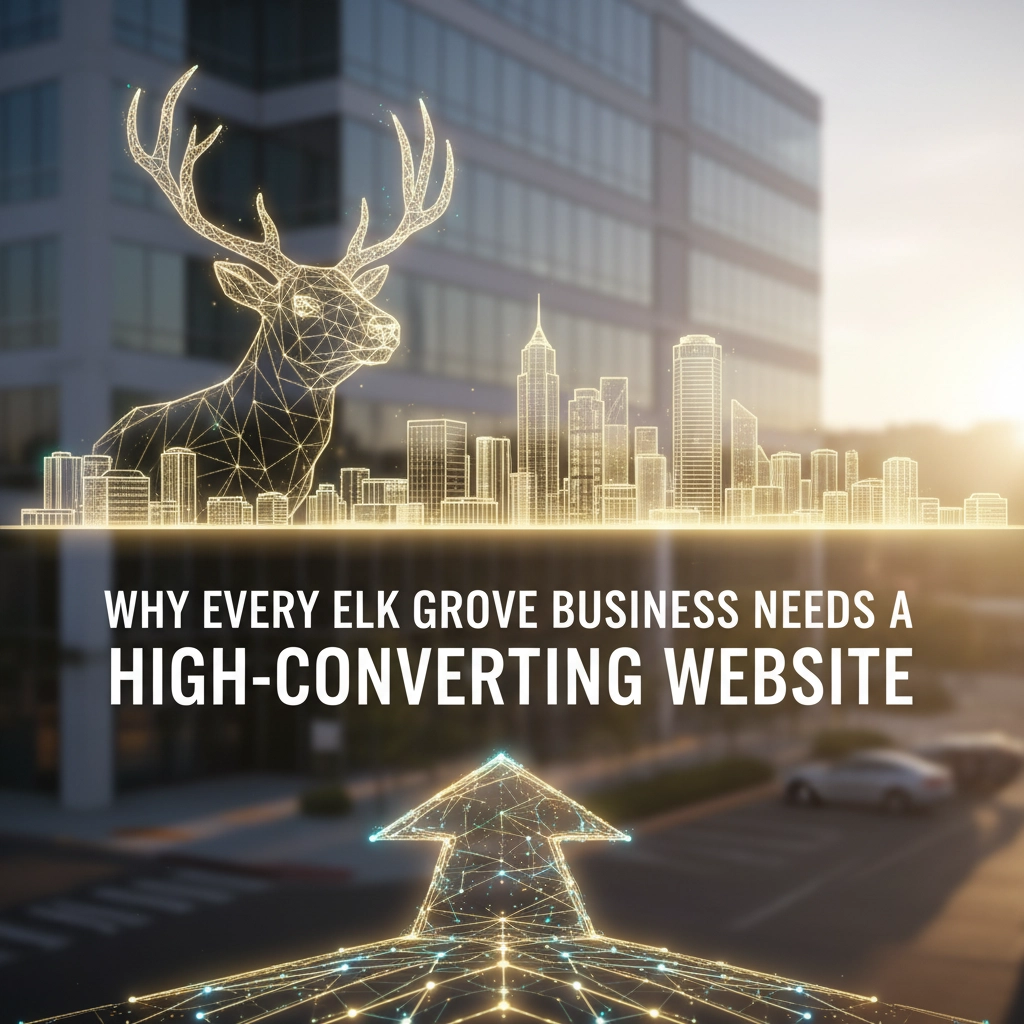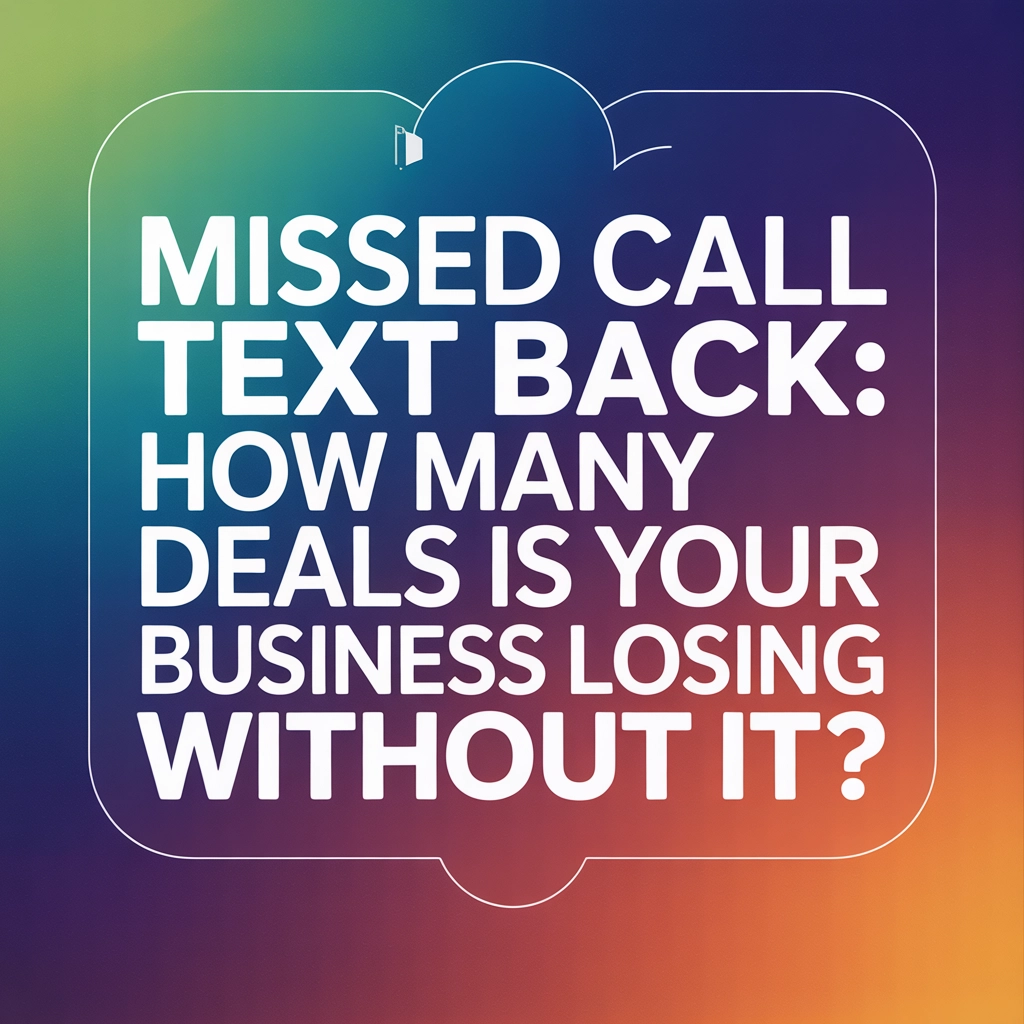What is Conversion Optimization, and How Do I Optimize My Conversion Rates on My Ecommerce Store?
In the fast-paced world of ecommerce, where every click counts, understanding and optimizing conversion rates is the key to unlocking higher revenue and business growth. So, what exactly is conversion optimization, and how can you enhance your ecommerce store’s conversion rates? Let’s dive into the intricacies of this crucial aspect of online business. I. Introduction [...]
In the fast-paced world of ecommerce, where every click counts, understanding and optimizing conversion rates is the key to unlocking higher revenue and business growth. So, what exactly is conversion optimization, and how can you enhance your ecommerce store’s conversion rates? Let’s dive into the intricacies of this crucial aspect of online business.
I. Introduction
A. Definition of Conversion Optimization
Conversion optimization, in simple terms, refers to the systematic process of improving the percentage of website visitors who take the desired action, whether it’s making a purchase, filling out a form, or subscribing to a newsletter.
B. Importance for Ecommerce Stores
For ecommerce businesses, where success hinges on transactions, conversion optimization is the linchpin. It’s not just about attracting traffic; it’s about turning that traffic into paying customers. Now, let’s explore the nuances of conversion rates.
II. Understanding Conversion Rates
A. Definition of Conversion Rates
Conversion rates are the percentage of visitors who complete a desired action, divided by the total number of visitors to a site. In the ecommerce realm, this often translates to the percentage of website visitors who make a purchase.
B. Significance for Ecommerce Businesses
Understanding your conversion rates is akin to deciphering the pulse of your business. It provides insights into user behavior, effectiveness of marketing strategies, and the overall health of your online store.
III. Key Factors Affecting Conversion Rates
A. Website Design and User Experience
The first impression matters. A well-designed, user-friendly website is more likely to convert visitors into customers. Ensure easy navigation and visually appealing layouts.
B. Product Descriptions and Imagery
Compelling product descriptions and high-quality images build trust and provide customers with the information they need to make informed purchasing decisions.
C. Simplified Checkout Process
A complicated checkout process can lead to abandoned carts. Streamline the process, reduce unnecessary steps, and offer multiple payment options for a seamless experience.
D. Trust Signals and Customer Reviews
Display trust signals, such as secure payment icons, and encourage customer reviews. Positive feedback and testimonials instill confidence in potential buyers.
IV. Strategies for Conversion Rate Optimization
A. A/B Testing
Experiment with variations of your website, product pages, or marketing strategies to identify what resonates best with your audience.
B. Implementing Call-to-Action Buttons
Strategically placed and compelling calls-to-action guide visitors toward the desired action, be it making a purchase or subscribing.
C. Enhancing Mobile Responsiveness
With a significant portion of online traffic coming from mobile devices, ensuring a responsive and mobile-friendly website is non-negotiable.
D. Personalization in Marketing
Tailor your marketing efforts based on user behavior and preferences. Personalized experiences lead to higher engagement and conversion rates.
V. Utilizing Analytics for Optimization
A. Importance of Data Analysis
Regularly analyze data to understand user behavior, identify bottlenecks in the conversion funnel, and make informed decisions for improvement.
B. Tools for Monitoring and Improving Conversions
Utilize analytics tools like Google Analytics, heatmaps, and conversion tracking to monitor user interactions and gauge the effectiveness of your strategies.
VI. Building Trust for Higher Conversions
A. Secure Payment Options
Offering secure and trusted payment options reassures customers that their financial information is in safe hands.
B. Transparent Policies
Clearly communicate shipping, return, and privacy policies. Transparency builds trust, a crucial element for conversion.
C. Effective Customer Service
Prompt and helpful customer service not only resolves issues but also contributes to a positive overall shopping experience.
VII. Case Studies: Successful Conversion Optimization
A. Examples of Ecommerce Success Stories
Explore case studies of ecommerce businesses that successfully optimized their conversion rates and achieved remarkable growth.
B. Lessons Learned from Top-performing Stores
Extract valuable insights and lessons from top-performing online stores that have mastered the art of conversion optimization.
VIII. Common Conversion Optimization Pitfalls
A. Overlooking Mobile Users
Failing to prioritize mobile optimization can result in a significant loss of potential customers.
B. Ignoring Loading Speed
A slow-loading website frustrates users and negatively impacts conversion rates. Optimize your site for speed.
C. Neglecting SEO Practices
Effective SEO enhances visibility, driving organic traffic and contributing to better conversion rates.
IX. Staying Updated with Trends
A. Evolving Ecommerce Landscape
Stay ahead of the curve by adapting to changing ecommerce trends and technological advancements.
B. Adapting to Changing Consumer Behavior
Consumer behavior evolves, and so should your strategies. Stay attuned to shifts in the way customers shop online.
X. Expert Tips and Insights
A. Advice from Industry Leaders
Learn from seasoned experts in the ecommerce industry who share their tips for sustained conversion rate optimization.
B. Best Practices for Continuous Improvement
Implement best practices for ongoing improvement, ensuring your ecommerce store remains competitive and adaptive.
XI. Conclusion
A. Recap of Conversion Optimization’s Impact
Conversion optimization is a continuous process that significantly impacts the success of an ecommerce store. It’s not just about increasing sales but also about fostering customer trust and loyalty.
B. Continuous Adaptation for Success
In the dynamic landscape of ecommerce, adaptation is key. Continuous adaptation to new trends and consumer behavior ensures sustained success in conversion optimization.
Share this article
Written by : Rafael
Follow us
A quick overview of the topics covered in this article.
Latest articles
November 13, 2025
November 13, 2025





